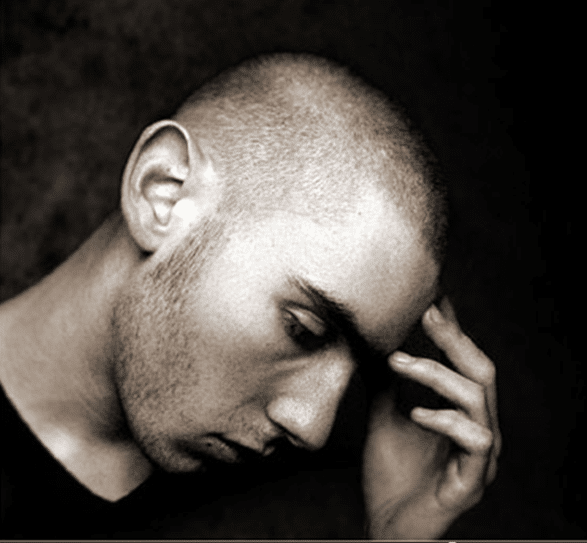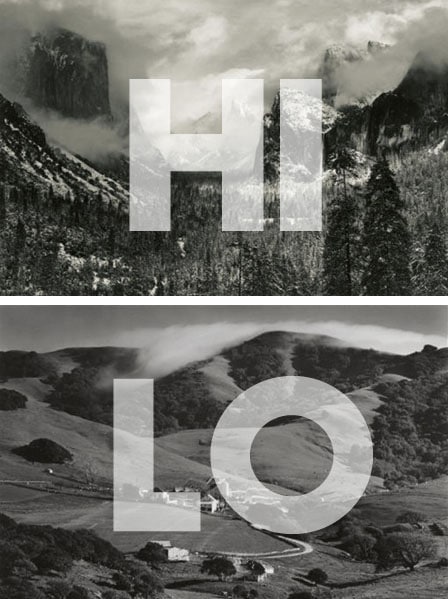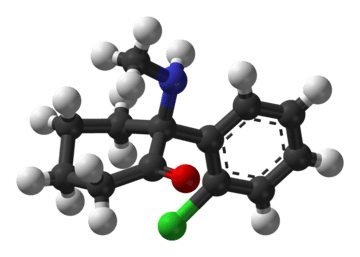Major Depression is now being treated with ketamine. Under a doctor’s supervision and in the correct dosage it is an effective treatment for depression. The success is significant, especially compared to the current treatment with antidepressants. Previously it has been used in higher dosages as an anesthetic and then also for recreational use.
What is Ketamine?
“Ketamine is considered a dissociative anesthetic and a psychedelic. It blocks nerve paths without significantly depressing respiratory and circulatory functions.”(1)
The significance of the study, published in the Archives of General Psychiatry, centers on evidence of the unprecedented speed of symptom relief. Alleviation of major depression is typically measured in terms of weeks. In this study, relief of symptoms was experienced within hours(2)
Dosage makes the difference between medicine or poison, whether in plant or chemical medicines. Ketamine happens to treat depression at one dosage, tranquilizer at another, anesthetic and psychedelic medication at another dosage.
Research with Ketamine for depression:
“The benefits I’ve seen are pretty impressive, and the data are very strong,” says psychiatrist Kyle Lapidus, MD, PhD. He’s an assistant professor of psychiatry and neuroscience at Stony Brook University(3)
The New York Times reports the latest research, worries, benefits and future developments in the use of this medicine:
“While it has been used as an anesthetic for decades, small studies at prestigious medical centers like Yale, Mount Sinai and the National Institute of Mental Health suggest it can relieve depression in many people who are not helped by widely used conventional antidepressants like Prozac or Lexapro.”
“Some doctors and patients are not waiting for the pharmaceutical industry. Because ketamine has long been approved for anesthesia, doctors are allowed to use it off-label to treat depression. Clinics charge from $300 to more than $1,000 per treatment. Insurance rarely covers the cost.”(4)
Understanding Depression 
I wrote in previous post: Understanding Depression, An Aerial Perspective
Depression is an individual problem that is linked to a cultural problem. A cultural problem because anti-depressant medications are the third most prescribed drug in the United States.
That indicates to me a type of epidemic. To make it even worse, the depressive disorder is an epidemic that has become a normalized state of being. We have significant opportunities in this country, but let’s just look at the dark side of that for awhile. The shadow of “not enough”, such as the hungry ghost image of a skinny neck and a huge belly that can never be satisfied regardless of what it consumes or has in it’s possession. There is a sense of scarcity in how we feel about ourselves and our lives; such as, not pretty enough, not smart enough, not spiritual enough, not ambitious enough, so forth and so on.
Scientific American wrote:
“However, if the standard is efficacy in comparison to placebo, the best available scientific evidence suggests that antidepressants do not work very well. Given their cost and side effects, the psychiatric community and the general public should not be satisfied with antidepressant medications that provide only a marginal benefit over placebo.”
Many of those in depressive episodes and chronic depression have the opportunity to understand depression from outside of this cultural limitation through various interventions other than the antidepressant drugs that are available at this time.
What else can I do besides antidepressants?
Here are some of the interventions I have seen used to get relief from depression: psychotherapy, meditation, acupuncture, exercise, anything meaningful, healthy diet, psychedelic medications, being in nature as much as possible, and making time to be with people you trust.
There is more information about this cultural problem of depression and the use of antidepressants, which are the third most prescribed medication in the US.
Ketamine Advocacy Network has a list of depression clinics and doctors using this treatment for major depressive disorder and other depressive disorders.
Understanding Bipolar 1, Bipolar 2: Mania and Depression 
In a previous post: I wrote:
When we look at the symptoms of bipolar 1 or bipolar 2, we see symptoms that are a result of unresolved emotional confusion about relationships, uncertainty about one’s place in the culture, and very little control of instinctual drives and emotions. When we move into adulthood and there is little or no guidance through confusion, mania and depression can become overwhelming, even debilitating.
Over half of all diagnosed cases of Bipolar 2 are before the age of twenty-five. *
Arch Gen Psychiatry. 2005 Jun;62(6):593–602.
There is a spectrum of severity with mania and depression. Sometimes mania and depression are part of growing up and other times it feels like you’re possessed. Most can admit to a time in their life when they were taken over by moods or obsession with food, alcohol, drugs, sex, etc. Or many get into crazy behavior that could have or did end up very badly. Also, we can experience overwhelming frustration, or feel helplessly stuck emotionally, financially or in our relationships.
Many of the clients I have seen over the years in their teens to late twenties who were starting to show the qualities of Bipolar 1 and Bipolar 2 Disorder were without the right help to make sense of the emotionally painful events in their life; with their family, how to deal with some of their friends and what to do about their future given how trapped they feel. They did not know how to sort out feelings, or relationships, and had a hopelessness about the future.
Therefore, manic behaviors are a way of escaping the confusion and hurt. Depression holds the confusion and hurt in and down. These bipolar symptoms subside or are more manageable as a broader view of one’s self is developed and the emotional struggle expressed.
Gradually, there is an awareness of who their family is, both healthy and unhealthy, how they are the same and different from their family, and then what they are doing with relationships with friends, with love, and with sex. These are actually emotionally very complicated so that is why they need help.
An example of this complexity is when you love someone and they treat you badly or you imagine they treat you badly. How do you know the difference and then what to do about it?
Some people will have symptoms into their thirties. This is a time to get help so you can put some of these symptoms to rest. Middle-agers can, also, get caught up in bipolar symptoms. A new time of life is arising and they may not feel prepared for the new paradigm, emotionally and physically.
What is Bipolar 2?
Symptoms of mania or a manic episode include:
Mood Changes
An overly long period of feeling “high,” or an overly happy or outgoing mood
Extreme irritability.
Behavioral Changes:
Talking very fast, jumping from one idea to another, having racing thoughts
Being unusually distracted
Increasing activities, such as taking on multiple new projects
Being overly restless
Sleeping little or not being tired
Having an unrealistic belief in your abilities
Behaving impulsively and engaging in pleasurable, high-risk behaviors.
Symptoms of depression or a depressive episode include:
Mood Changes:
An overly long period of feeling sad or hopeless
Loss of interest in activities once enjoyed, including sex.
Behavioral Changes:
Feeling overly tired or “slowed down”
Having problems concentrating, remembering, and making decisions
Being restless or irritable
Changing eating, sleeping, or other habits
Thinking of death or suicide, or attempting suicide.
For a full description of Bipolar 1 vs. Bipolar 2:

